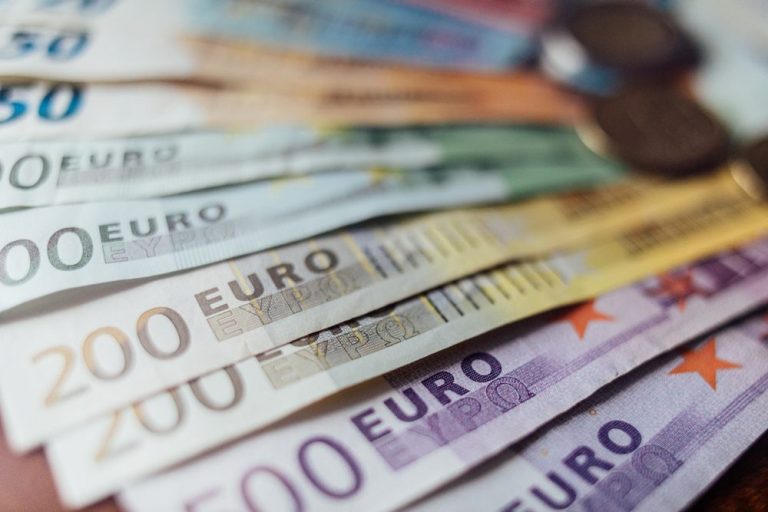
Europe plans to use every means it can to keep its financial system stable amid threats to its energy supplies with Russia’s war in Ukraine still ongoing, Bloomberg wrote.
The report cited EU financial services commissioner Mairead McGuinness saying that while the financial system has been strong so far, between both the pandemic and the war, it could change for the worse later.
“Every lever we have policy-wise to maintain stability will be used fully,” she said, adding that there’s “a lot of volatility” that the EU wants to address in terms of the energy markets. There’s also been a deal recently to slash power consumption and redirect windfall profits to customers and businesses.
“Whatever we do, we want to make sure that nothing will allow the energy difficulties to flow into financial instability issues,” she said.
McGuiness met with EU finance ministers in Luxembourg on Tuesday to talk about the situation, and had plans to visit the U.S. soon for the first time. She said there would be more discussions regarding energy security.
These talks come as Europe is planning to pile on more sanctions on Russia for keeping the war going. The EU has wanted to finalize agreements before leaders meet in Prague on Oct. 7.
Relations with Russia have gone bad since the war started, with that also spiraling into discussions amid European countries about their overreliance on Russian gas, PYMNTS wrote.
Read more: Russia Pipeline Shutdown Proves Renewables Financing More Critical Than Ever
The strife has seen G7 leaders imposing a price cap on Russian oil to try and stop more funding going to the Kremlin’s war offices. After that, Nord Stream 1, the biggest global operational natural gas pipeline running under the Baltic Sea from Russia to Germany, was shut down by Russian company Gazprom. The cited reason was a gas leak.
After that, Gazprom also said supplies running through the pipeline would be indefinitely halted. The supplies can deliver up to 55 billion cubic meters of gas per year.